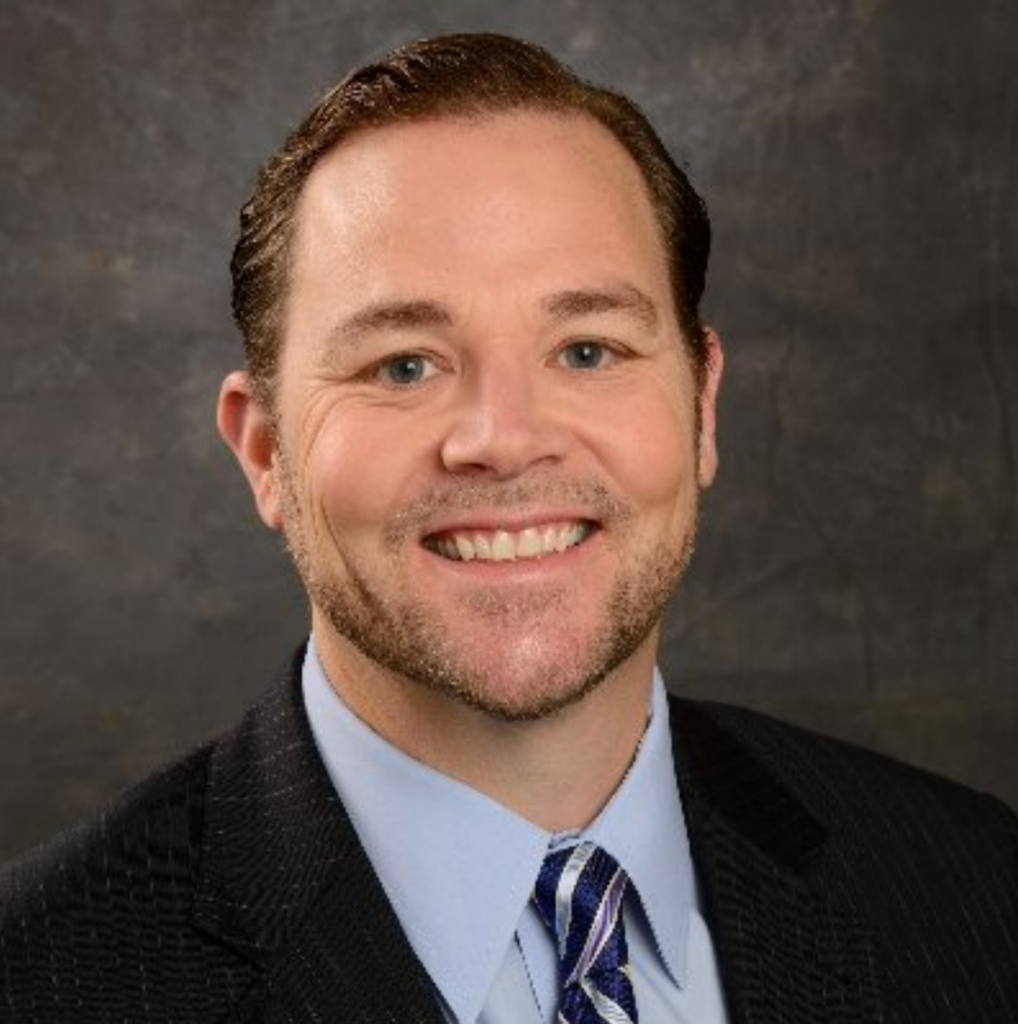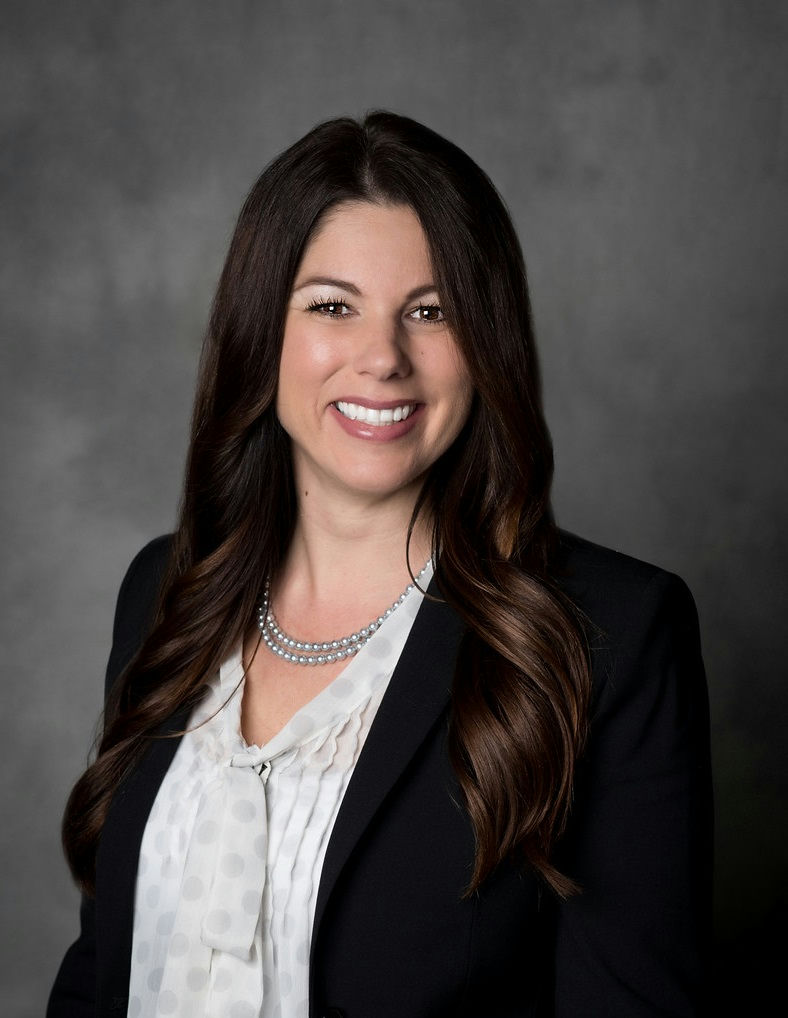Click here to view a PDF of the newsletter.
In this issue:
2024 IEPC Speaker Series
Free to All Friends of IEPC!
Time & Date: 9:00 AM – 9:30 AM PT on the fourth Monday of each month. Membership in IEPC is not required to attend. Advance registration for the meeting is required. After registering, you will receive a confirmation email containing information on how to join the call! To receive a registration link, email admin@iepc.org.
| Dr. Leon Adelman | Should Physicians Unionize? | August 26, 2024 |
| Dr. Robert Frolichstein | AAEM Updates | September 23, 2024 |
| Christina Lampman, Steve Freedman, and Deanna Christofferson, of The Doctors Company | Malpractice Updates | October 28, 2024 |
| Dr. Andrew Seleznick | Legal Updates for Emergency Physicians | November 11, 2024 |
Congratulations Dr. Ariella Lee
Roneet Lev, MD, FACEP
Executive Director, IEPC

Dr. Roneet Lev and newborn Ariella with Governor Gray Davis
Ariella Lee joined IEPC when she was in high school at 14 years old. There was reluctance to hire a young kid as an assistant to a large organization of doctors, but the IEPC board decided to take a chance. Ariella put on a suit and pumps and impressed the doctors with her ability to organize meetings and lunches. She went on to analyze the annual IEPC survey and create a list of California hospitals and ED directors. Ariella was a natural for the role of Administrative Director when IEPC’s original director stepped down. Ariella grew with IEPC through high school and college. Her IEPC experience was included in her medical school application.

Keren Lee, MD LT MC USN, Ariella Lee, MD LT MC USN
In May 2024, Ariella graduated from the Uniformed Services University Medical School and matched into the Anesthesia residency program at Balboa Naval Medical Center in San Diego.
In the picture, she is in her Navy whites uniform with her sister Keren Lee, who also attended USU Medical School and hooded Ariella during her medical school graduation.
I, Ariella’s mother, am of course proud of my daughter, and am sharing this news with our IEPC physicians, who are also proud of her and thankful for her service to our country and IEPC.
Student Loan Forgiveness

Andrew Fenton, MD | Vice President, IEPC
Napa Valley Emergency Medical Group
I recall in medical school receiving a financial lecture about student loans. I attended George Washington University, which was, and is, one of the most expensive medical schools. Though I realized I would be taking on a significant amount of loans and debt, I also believed that my eventual physician salary would allow me to pay off my loans and not too long after residency. How scary could any federal program with the name “Sallie Mae” be anyways?
Twenty-five years have passed, yet I still was saddled with over six figures of medical school tuition debt. Life unfolds and after residency, I married, bought a house, and started a family. Paying off low-interest student loans became less of a priority as mortgage payments, house remodels, tuitions, and retirement investments took precedence.
I was resigned to the realization that medical school debt payments would be a part of my adult life and follow me near the entirety of my career. That is when I read about changes to the Public Service Loan Forgiveness (PSLF) program that offered a glimmer of hope.
The U.S. Department of Education changed the PSLF program about one year ago, which allowed California physicians to participate in the program. Previously, the physician had to be an employee of a non-profit entity that provided public service. Because of California’s prohibition on physician employment by hospitals, we were therefore ineligible. The Department changed the definitions so that members of the hospital’s medical staff and those who contract with the hospital to provide medical services would now be eligible.
To quality, physicians would need to receive confirmation of their status by the hospital, will have worked full-time for 10 years, would need to have made 10 years of monthly payments (at least 120), and be current on their payments. The application was fairly straight forward, but I was required to consolidate my loans within a new “direct government” loan. Here is what I learned from the process.
The process starts at the website: https://studentaid.gov/pslf. From there, I created a log-in and was able to find my hospital, and its Employer Identification Number (available online) and confirm they were eligible as a non-profit hospital. I completed the application and (this is important) inserted my hospital as my “Employer.” Do not insert your ED group or your personal corporation in this section. I then had to obtain the signature of my hospital’s medical staf office director who confirmed my full-time status as a member of the medical staff for >10 years and submitted my application.
The website worked surprisingly efficiently and was able to identify my outstanding previously consolidated Stafford loan and a loan I took out to cover costs between medical school and residency. I was then required to consolidate my loans into new loans directly through the Department of Education. This was all done online, was fairly simple, and resulted in the exact same low interest rate. This new loan was approved quickly, and I waited, hoping and praying that my previous decades of loan payments would be considered “qualifying patments.”
A couple months passed, but I recently received that cherished letter that stated, “Congratulations! You have successfully met the requirements of the Public Service Loan Forgiveness (PSFL) program and all of your loans have been forgiven. Thank you for your public service!
The PSFL program application deadline was recently extended, but the program may not be around forever, and I encourage all my colleagues who are eligible to apply. Good luck!
Emergency Medicine Benchmarking Alliance – EDBA

James Augustine, MD | Director
Vice President | Emergency Medicine Benchmarking Alliance

Welcome to The Emergency Department Benchmarking Alliance!
The Emergency Department Benchmarking Alliance (EDBA) was created in 1994 for those ED leaders interested in the application of management and service best practices. The Alliance was founded at that time to investigate issues of growing patient volumes and high acuity patients, with unscheduled health needs that were not served in other settings. It has grown into a group of Emergency Department leaders that are dedicated to a high-quality mission; whether their background is pysician, nursing, or administrative. The EDBA is now composed of about 1,500 EDs that saw 45 million patients in 2023.
The vision statement of the EDBA is simple: the Identification, development, and implementation of future best practices in Emergency Medicine.
Attributes of Alliance Members
The Emergency Department is a site of intense service challenges, unpredictable care loads and expectations, and cost challenges. In the healthcare service industry, ED leaders and providers are obligated to a continuous process of quality improvement and patient safety. To mantain this level of service, it is essential to apply the best service concepts in the industry. So EDBA members share materials through an annual survey and active Listserv that promulgates information related to quality medical care, patient satisfaction, staff engagement, medical education, and community service.
The Alliance has ongoing participation by high quality EDs of all volumes and service populations, which collaborate in non-competitive efforts to improve the industry. By fostering community, sharing, support, and mutual advice for people with operational responsibilities in emergency services using a Listserv with 1,400 active members.
Membership in the EDBA is geographic diverse, with members that have recognized expertise in ED operations. The sense of ownership is shared among all disciplines and professionals that provide leadership in an Emergency Department. The attendance of the ED team of physicians, nurses, and administrators cannot be replicated in other groups.
The Alliance makes effective use of the process of “industrial tourism,” and each member has benefited by the firect and non-threatening observation of other ED operations. Alliance members are wired to major events happening throughout the country in emergency practice matters. Ongoing participation of Alliance EDs permits information exchange at a variety of levels, not available through the literature or at offsite meetings. This is an organization that coordinates operations research and health services studies intended to identify best practices.
The EDBA Annual Data Survey
The most critical function of the EDBA is an annual data collection. Since 2004, the Alliance has surveyed its members to collect ED performance data. The data survey represents a broad base of hospital-based EDs, with a separate data report for hospital-affiliated freestanding EDs of EDBA members. The data survey is done rapidly, and includes a full analysis of ED performance for the year, and incorporates the assessment of the latest CDC Emergency Department Survey within the National Hospital Ambulatory Medical Care Survey.
The Alliance has effectively moved the market. The EDBA provides the data to major agencies that are critical to the emergency practice — CMS, the ENA, ACEP, the AHA, The Joint Commission, and a variety of state regulatory bodies. The Alliance has the body of knowledge and data to communicate with general media and other groups that have an interest in ED operations.
The Benchmarking Alliance has conducted annual conferences since 1996 for outside audiences. These conferences feature national speakers on topics relating to Emergency Department “Innovations.” The EDBA conducts the ED Definitions and Performance Measures Summit every 4 years to develop and update the metrics that are needed to manage our industry. This Summit is attended by all major organizations in the industry.
The EDBA seeks regular participation from colleagues engaged in the work of making the ED function at higher levels for patients, medical staffs, hospitals, and communities. This was the most important during the critical early stages of the pandemic.
The Alliance was founded by and remains dedicated to Emergency Department leaders seeking solutions to local service issues. The President of the Alliance is Nick Jouriles, MD. For information on the EDBA, contact Mike Gibbons, the Executive Director, at (855)-622-6674, or visit the website at www.edbenchmarking.org.
The 2023 EDBA Data Report was shared with IEPC members on June 24, 2024.
- Volumes collapsed 2020, but ED volume was up from 2022, and across all ED’s is at or above 2019 levels. ED leaders believe the volume increase will continue.
- Outstanding ED work during the pandemic saved hospitals and medical staffs.
- Acuity of ED patients continues to increase.
- The data indicates improved ED flow, although many hospitals still have crippling “Boarding.”
- Mental health cases and ED violence up significantly.
- Walkways may have Decreased.
- Diagnostic testing (especially CT scans) is Increasing.
The Volume Expectations are Portrayed in the Graph above.
IEPC Members: IEPC Membership includes EDBA membership. Any IEPC member who wants to access the EDBA website or Listserv conversation, please contact September Liller, Membership Manager, at september@edbenchmarking.com.
President Pearls

Robert Chavez, MD
President, IEPC
Providence Little Company of Mary Medical Center Torrance
Here is my pearl for this month:
- On June 28, 2024: MIPS Final Score preview became available. Final payment adjustments will not be available until the middle of August.
- You can access this information by signing in to QPP website to check final score for year 2023. (Paid in 2025).
- Be sure to review your final scores from 2022 and 2021, as well as payment adjustments for your score are available.
- Once you have the final scores with payment adjustments, have your RCM company review previous years EOBs regarding Medicare reimbursement to see you were paid correctly with Medicare. If not, send a call or send an enquiry letter to Medicare or visit the FAQs on the QPP website to ask for an explanation for the incorrect payment.
- Here is an example, a score of 100 in 2022 paid +8.5% in 2024.
- Depending on your physician turnover rate, your total reimbursement for increased score will decrease due to this turnover. Namely, a doctor leaves the group but was part of the 2022 reporting year. In 2024, this theoretical doctor will not see any patients on behalf of the group, therefore no increase will be realized.
- All of this is up in the air in 2024 given the bonus pool was done away with at the end of 2022.
IEPC Newsletter – June 2024
Click here to view a PDF of the newsletter.
In this issue:
2024 IEPC Speaker Series
Free to All Friends of IEPC!
Time & Date: 9:00 AM – 9:30 AM PT on the fourth Monday of each month. Membership in IEPC is not required to attend. Advance registration for the meeting is required. After registering, you will receive a confirmation email containing information on how to join the call! To receive a registration link, email admin@iepc.org.
| Jim Augustine | ED Data | June 24, 2024 |
| Lisa Mauer | EMBC | July 22, 2024 |
| Leon Adelman | Ivy Clinicians and EM Workforce | August 26, 2024 |
| Robert Frolichstein | AAEM Updates | September 23, 2024 |
| Christina Lapman, Steve Freedman, and Deanna Christofferson | Malpractice Updates | October 28, 2024 |
| Andrew Seleznick | Legal Updates for Emergency Physicians | November 11, 2024 |
Embracing the Journey from Doctor to Patient: Navigating Challenges and Finding Strength in Illness

Roneet Lev, MD FACEP
Executive Director, IEPC
“Doctors make bad patients,” my surgeon cautioned me as we discussed scheduling the removal of my thyroid amidst my busy professional and personal commitments. He emphasized the importance of taking my health seriously, a reminder I heeded with caution.
In the months leading up to my thyroidectomy, I juggled my medical responsibilities with my health concerns. Knowing that thyroid cancer progresses slowly, I postponed addressing it until after I had completed urgent obligations and arranged a three-month medical leave. Rather than clearing my schedule, I compiled a list of tasks I could manage while recuperating.
The reality of my diagnosis hit me during a hectic shift in the emergency department when my
surgeon called with concerning news about lymph nodes. The prospect of a more invasive
surgery loomed over me, threatening not only my physical well-being but also my self-image and
plans. My perception of medicine is colored by the cases I see in the emergency department,
often skewed toward adverse outcomes. Amidst the chaos of treating my own patients, my nurses gave me a hug and my colleague held down the fort, giving me the time and space to manage my own health and return to my patients.
One of the most significant hurdles I faced was reconciling my role as a knowledgeable
physician with my newfound status as a vulnerable patient. As a physician I found comfort and
control by studying the medical literature, guidelines, and preparing for possible symptoms or
complications. I wanted to be ahead of the situation. As a patient I learned I don’t have the
control of the future, I was forced to learn patience, and I failed at predicting my personal
reactions to treatment. There is a disconnect between medical knowledge and practical
application. I have been giving medical advice for years. Applying the advice, even simple
advice such as keeping your head elevated or following a diet required sage advice from
experienced patients rather than doctors.
Navigating the healthcare system proved to be another formidable obstacle, highlighting
disparities in access and efficiency. Despite my professional connections, I encountered delays in
scheduling crucial tests. It took me a month to schedule an MRI. I empathized with the struggles
of other patients. I treated a young man in the emergency department who, like me, faced long
delays in scheduling crucial. His request for an MRI to stage his cancer for a next day urology
appointment may seem non emergent, but I ordered it STAT, understanding that he tried and
failed to arrange it as an outpatient. The test underscored the life-or-death implications of
bureaucratic inefficiencies and highlighted the importance of proactive advocacy.
I was striving to be a good patient, but the doctor in me remains. I strove to better understand the radioactive iodine treatment I was to receive that could radiate and harm my vulnerable
granddaughters and pregnant daughter-in-law. The treatment requires a period of isolation
without a clearly defined time. I purchased a Geiger counter and graphed my radiation emissions
to follow the data on when it was safe to return to contact with my family.
My health scare gave me a forced and unplanned stop in my daily life. I grappled with questions
of mortality and purpose leading to healthy thoughts of reassessing my priorities. While I strive
for control, I learned to accept uncertainty and found solace in the support of loved ones and the
resilience of the human spirit.
Ultimately, my journey from doctor to patient taught me invaluable lessons about vulnerability,
resilience, and the power of human connection. While my professional expertise offered insights
into my diagnosis and treatment, it is my faith, community, and inner strength that carries me
through the darkest moments. As I embark on the road to recovery, I do so with a newfound
appreciation for the interconnectedness of humanity and the transformative power of empathy
and compassion.
California ACEP -The Medi-Cal Increase

Elena Lopez-Gusman
Executive Director, California ACEP |
American College of Emergency Physicians
The Legislature passed the first Medi-Cal rate increase for emergency physicians in 20 years. This was made possible by the renewal of the state’s Managed Care Organization Tax. This tax on managed care plans will provide an opportunity to raise funds, match them with federal dollars, and provide resources to invest in the state’s health care infrastructure, including the largest Medi-Cal rate increase in California history. The initial proposal included rate increases for primary care providers and mental health providers to 87% of Medicare, but did not include emergency physicians.
California ACEP staff and member physicians engaged in grassroots efforts to encourage the Governor and the legislature to include emergency physicians in the final language. Our advocacy efforts literally paid off!
Starting in 2025, $200 million will be devoted annually to reimbursement rates to emergency physicians. As you are painfully aware, your Medi-Cal reimbursement rates have not increased in 20 years, despite you caring for a disproportionate share of the Medi-Cal population. This increase will take our rates from somewhere between 55-60% of Medicare reimbursement to 80%.
